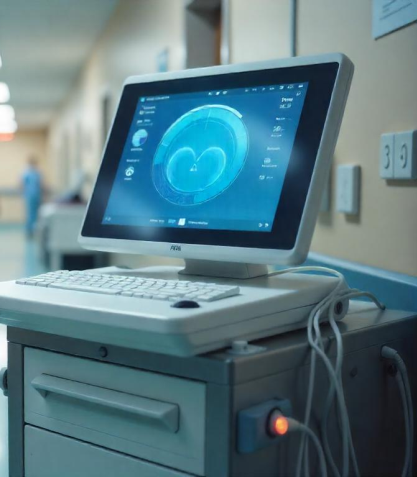
Frozen Egg Transfer Services
- Thawed embryos from prior IVF cycles transferred to uterus
- Enables optimal timing without a new IVF cycle


Frequently Asked Questions (FAQs) about Frozen Eggs Transfer
What is a frozen egg transfer (FET)?
FET is a fertility procedure where previously frozen embryos (created from eggs that were fertilized and then frozen) are thawed and transferred into the woman’s uterus to try to achieve pregnancy.
When is FET recommended?
FET is recommended when patients have frozen embryos from a previous IVF cycle, want to delay pregnancy, have had fertility preservation (due to medical treatments or personal choice), or need to use donor eggs.
What is the success rate of a frozen egg transfer?
Success rates depend on factors like the woman’s age at the time the eggs were retrieved, embryo quality, and uterine health. In many cases, FET success rates are comparable to or even better than fresh transfers.
What is the process for preparing for a frozen egg transfer?
Preparation usually involves hormonal treatments to prepare the uterine lining (or sometimes using a natural cycle), followed by careful scheduling for embryo thawing and transfer. Ultrasounds and blood tests help monitor readiness.
Are there risks or side effects with FET?
FET is generally considered safe, but risks can include a small chance of miscarriage, multiple pregnancy if more than one embryo is transferred, or mild side effects from hormonal medications. Your doctor will review these with you before starting.

